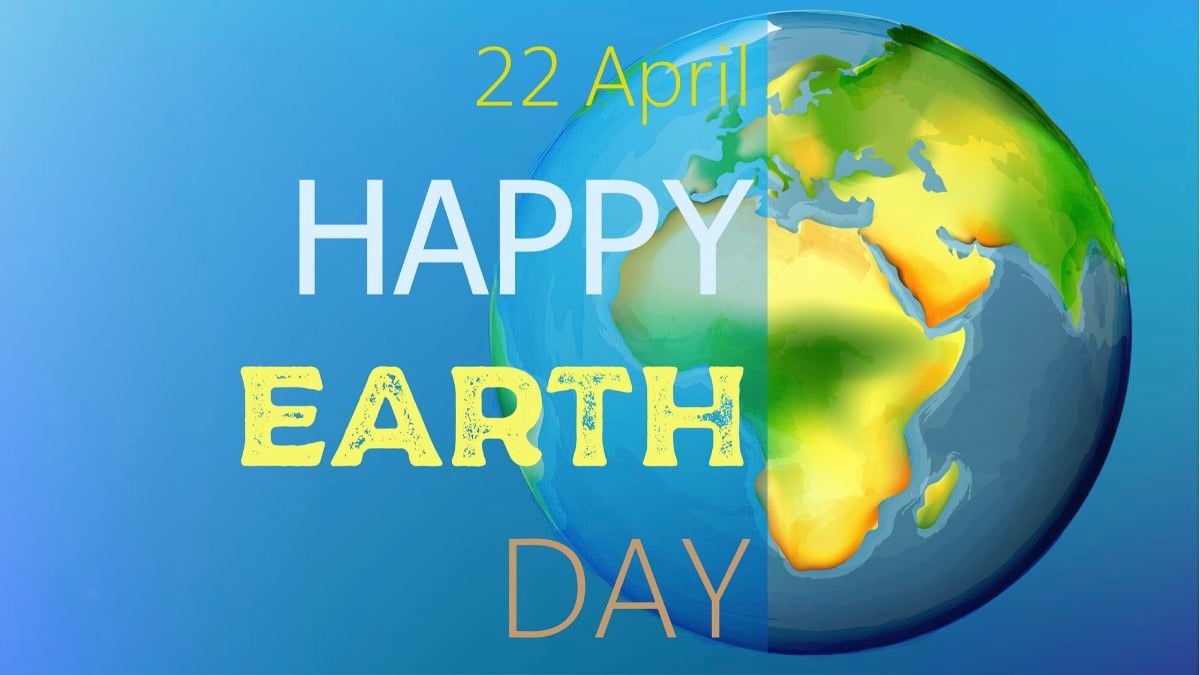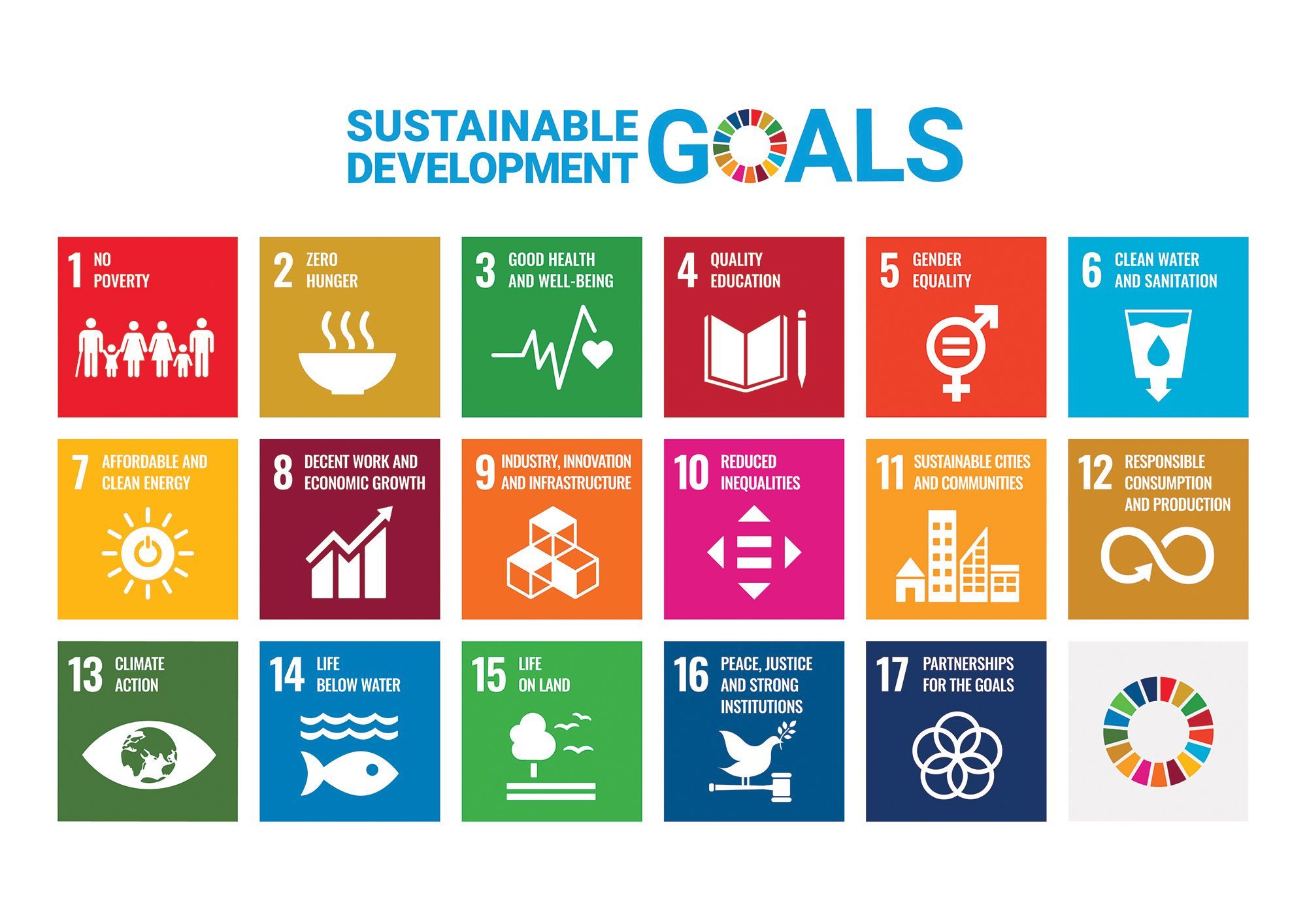What Does Earth Day Mean for Mining Companies?

So, what is Earth Day all about? Who better to explain it, but the man who founded the movement in the first place?
“Our goal is not just an environment of clean air and water and scenic beauty. The objective is an environment of decency, quality and mutual respect for all other human beings and all other living creatures.” – Gaylord Nelson, Earth Day Founder
Today, this objective set out in 1970, when the very first Earth Day took place, is embodied by the United Nation’s 2030 Agenda for Sustainable Development, which was adopted by all UN member states in 2015.  The 17 Sustainable Development Goals (SDGs) that the UN is committed to meeting by 2030 include ending poverty, ensuring universal equality, and protecting biodiverse ecosystems by practicing more sustainable methods of foresting, mining etc.
The 17 Sustainable Development Goals (SDGs) that the UN is committed to meeting by 2030 include ending poverty, ensuring universal equality, and protecting biodiverse ecosystems by practicing more sustainable methods of foresting, mining etc.
How Can Mining Companies Make a Difference?
More eco-conscious mining operations will also help countries meet targets related to other SDGs, such as the provision of cleaner energy, responsible consumption and production patterns, and the combatting of irreversible climate change.
The good news is that mining companies all around the world are already contributing to the fulfillment of these objectives.
For example, late last year, Glencore UK Ltd. became the first mining company to pledge a target of net-zero emissions from its operations by 2050. The organization plans to reach this goal by lowering operating emissions, decreasing coal production, and focusing instead on the extraction of low-carbon metals like copper, cobalt, nickel, and zinc, using low-emission technologies.
And in March 2021, Fortescue Metals Group of Australia announced that their subsequent carbon neutrality target had been brought forward by a decade, from 2040 to 2030. In order to meet this target, they are investing in projects that are aimed at replacing carbon-based fuels with renewable energy sources like green electricity, green hydrogen, and green ammonia. Currently, they are looking into the decarbonization of their mining haul fleet, hoping to swap fossil fuels for battery power.
Where Does Drone-Based 3D Data Come In?
As a provider of high-accuracy drone-based 3D visual and positional data and analytics, we are particularly interested in helping our customers to leverage this technology for more sustainable and safer practices.
Here are just a few examples of what we’ve seen:
Automated Surveying: One of the surest ways to improve mining safety and sustainability is to remove human surveyors from the most dangerous corners of a mine site. Automated surveying using drones and sensors from a distance can keep surveyors out of open pits while still delivering the in-depth data operators and safety inspectors need. One company alone reduced over 12,000 pit interactions at 8 mine sites in 1 year. In addition to keeping them safe, imagine how much CO2 emissions were eliminated when the need for driving trucks in and out of the pit for surveying was drastically reduced.
Highwall Scanning: Scanning the highwall to produce accurate 3D models gives geologists and geotechnical engineers a clearer picture of how to extract the most ore from the site without encountering any safety issues. Compared to laser scans, drone scans offer an in-depth look at the highwall and potential risks such as developing fault lines that suffer from shadows and gaps in coverage. And again, surveyors are not required to drive trucks up to the highwalls to capture the data.
Tailings Dam Monitoring: High-accuracy drones can capture data from up in the air and create 3D visualizations (digital twins) as precise as 3 centimeters on each axis. With these precise measurements, combined with data from on-the-ground sensors, operators can closely track changes in the tailings dams and predict structural issues before they cause dam failures - a major environmental concern for the industry and governments.
For more out-of-the-box thinking for sustainability in mines, you should also check out our recent feature, Some Findings on Surface Mining and Environmental Sustainability.
Skycatch is committed to making sustainable mining practices safer, more effective, and accessible. Ask us about our tailings dam high accuracy 3D modeling and monitoring capabilities or make further inquiries about any of our products via our contact form today.



